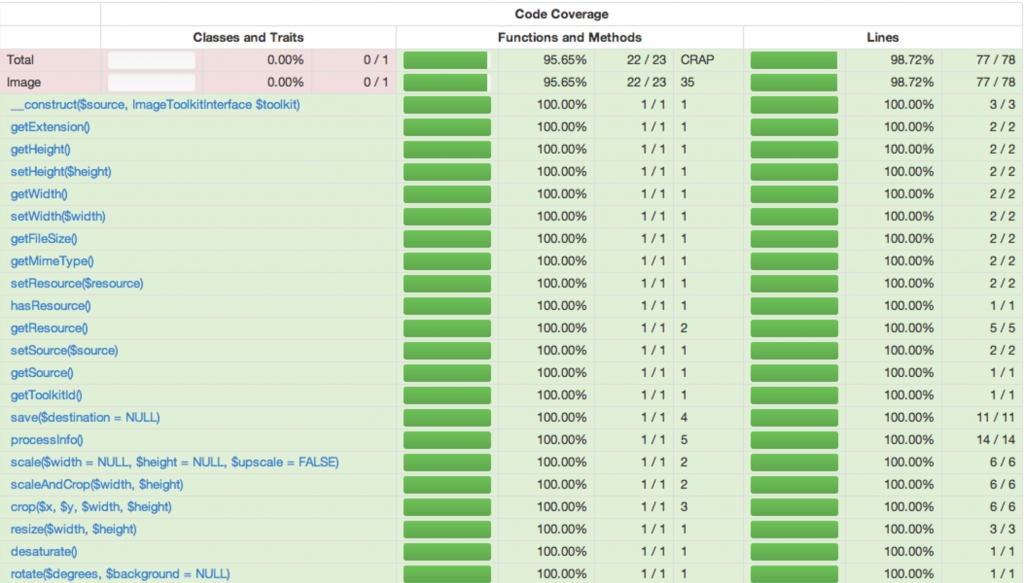4 P’s and a T
I frequently describe the role of a Quality Engineering Leader as 4-P’s and a T. The 4 P’s are People, Product, Process, Project, and the T stands for Technology. This is a good prompt to write it down.
I’ve developed this model leading quality engineering teams in several Silicon Valley organizations, which lead to several common elements in the context. We are building software, services, and products in a competitive market, servicing many customers. We use agile development methodologies and iterative releases. Our focus is delivering high quality, at speed. To accomplish these goals, we need to build quality in rather than test it in. We believe that prevention and finding issues early is better than finding them late.
The Quality Engineering Leader is a close partner with the development leader, the product owner, and customer support team. The Quality Engineering Leader is someone who is passionate about delivering great quality outcomes to our customers. They will bring an engineering mindset – which means to help build quality in at all stages of the Software Development Life-cycle. They will also be a strong leader, with the influence to paint a vision of quality which leads to change in teams that are not necessarily in their direct control.
The Quality Engineering leader demonstrates a balance across several dimensions:
People Leadership: Able to attract and recruit strong Quality Engineers, and help them be the best that they can be professionally. Help deploy the right people to the projects, so the projects are successful, while finding the right projects for each person to help them develop their career.
Product Advocacy: Understand how our products improve our customer’s lives & businesses – and help the team build the right offering in addition to building it right. Being the customer advocate in the development squads helps us build the products that our customers love.
Process Leadership: Be current on the latest quality engineering practices and be able to apply the right practice to our situation. Have a well thought out strategy for when to automate, how to automate, where to automate, and what is best left to the humans. Another aspect of process leadership is to help the engineering teams repeat success again and again instead of relying on heroics.
Project Management: Organize our work to focus on the most important items, and be transparent to our stakeholders. . Help the wider team make the necessary trade-offs between time, features, and investment. Track progress of the work and resolve the inevitable issues that pop up in every project.
Technology Focus: Able to understand our technologies sufficiently to lead an engineering team, helping the team make the best decisions when it comes to technology, and ask the right questions. Stay current on the emerging technologies and platforms that are important to our products.
The typical front-line leader will be solid in 2-3 of these dimensions and developing/growing in the balance.
This is an edited version of my LinkedIn article with the same title.



